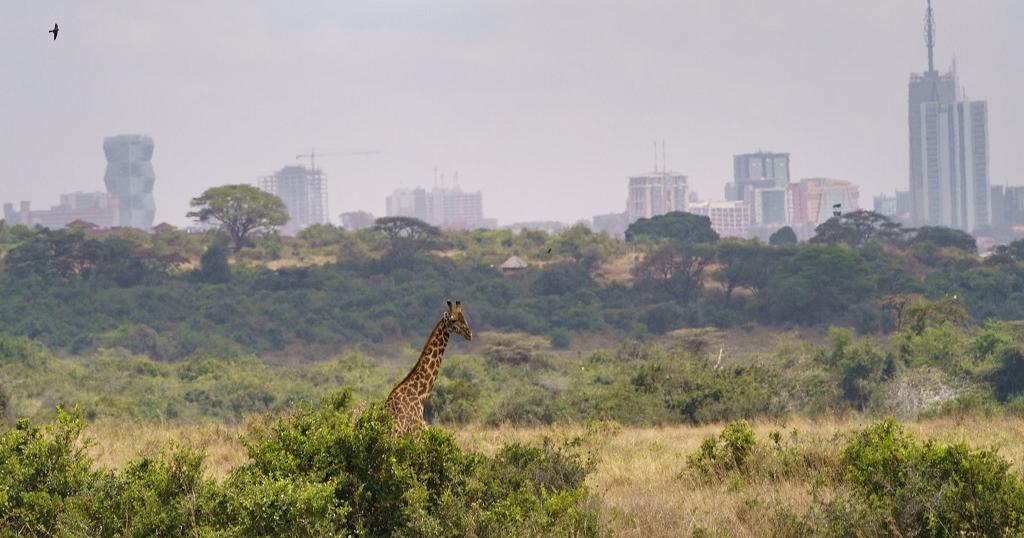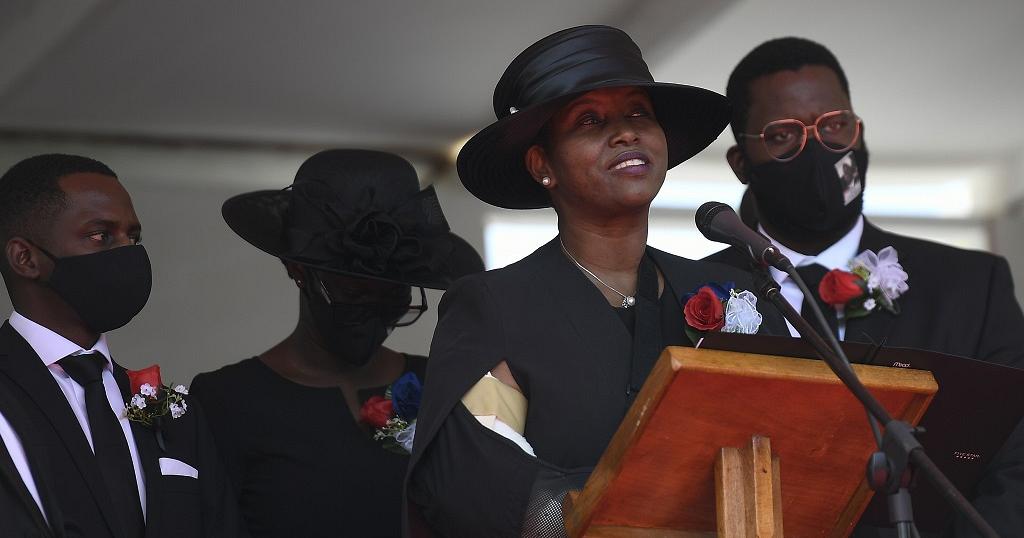The tiny planes, which are attached to metal drums to prevent them from getting airborne by mistake
Unlikely weapons in Kenya’s quest to conserve endangered species as it performs its first national wildlife census.
Uncontrolled poaching, increasing human settlements, and climate change have all taken a toll on the world’s animal populations, and central Kenya is no different.
The newly-created Wildlife Research & Training Institute, are increasingly turning to plane observation to monitor the state of the country’s animal populations.
Julius Cheptai, Isiolo County tourism and wildlife director says there is more to just counting the animals.
“After the data has been cleaned, analyzed, and documented in a certain format, we will be able to understand which type of species are available in this particular area. We will also be able to address the issues to do with the human-wildlife conflict, in terms of population of those animals that are prone to human wildlife conflict.”
The preliminary data are already “very worrying,”according the Kenya Wildlife Service (KWS), many of the animals were spotted around watering holes close to people’s homes, a sign of extensive human encroachment into wildlife territory.
Robert Obrein, assistant director of the Kenya Wildlife Service, also added that human encroachment play a major role.
“We have encroached into where we have never been before. And you know the numbers (human population) are growing. We’re not going down, we’re always going up. That means we are encroaching on wildlife places. That means eventually another 10 years, we might not be having wildlife outside protected areas.”
Much of the existing data on the country’s wildlife population are gathered individually by local advocacy groups or international conservationists, contributing to a scattershot approach to animal protection.
Kenya’s first National Wildlife Census takes to the air after launching on May 7th 2021. The census is conducted through a partnership with the Ministry of Tourism and Wildlife, the Kenya Wildlife Service and the newly-created Wildlife Research & Training Institute.
Receive Job Alerts via Our Social Media Channels:
Telegram Lagmen Net job Alert
X Lagmen Net job Alert
Facebook Lagmen Net job Alert
Instagram Lagmen Net job Alert
Join Our WhatsApp Groups
Lagmen Limited Job Alert 1Lagmen Limited Job Alert 2
Submit Your Discover News
discovernews@lagmen.netreachus@lagmen.net Send us an update or tip via WhatsApp: 07060528734
Contact Us Now
Tel: +2348051324267Tel: +2348094097992



